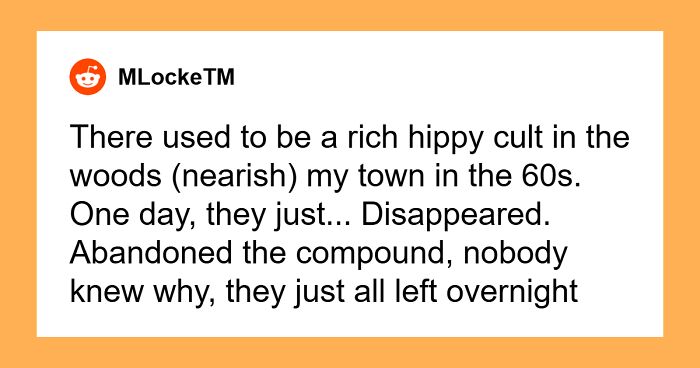
I’ve Been Photographing Storms During Dutch Tides For 7 Years, Here Are My 28 Pics To Capture Their Effect On Local Wildlife
The Netherlands is known for its excellent water management. The country is protected from storms and high sea levels by an impressive dike and a complex of sluices that keep everyone safe and people’s houses dry. But that doesn’t mean that floods cause no casualties.
For wildlife outside the main dike, every storm with the combination of spring tide is a struggle for life, especially on the salt marches in the Wadden Sea, an area in the north of the country. These salt marches surrounding the Wadden sea are flooded once in a while. This process helps them grow and keeps them in place by leaving clay particles behind. These floods usually occur during spring tide. Without a storm, it’s just a peaceful sea covering the land and giving animals all the time they need to make it to higher grounds and return when water levels drop.
More info: Instagram | Facebook | rjvanderleij.nl | twitter.com
Silence before the storm
This picture shows you the way it looks without the sea covering it. The land is used for cattle during the summer and the round dike has a freshwater pool inside so animals have drinking water. The next photo shows the same dike surrounding the pool, only during a storm. A combination of northwestern wind and spring tide pushes the sea level up in the area, covering the entire salt marsh. Water comes with an enormous force and tempo, killing thousands of rodents.
Same area during the flood
You can see the hares sitting on the edge of the dike waiting for water levels to drop. These are the storms I have been trying to photograph over the past 7 years. Not an easy job being in the storm with cameras that don’t like salt, sand, and especially the combination of the two.
The edge of the salt marsh and the sea
Storm hits the coast
Water entering the salt marsh
Over all these years, I have seen some amazing things happening. My main “problem” in the storms has always been the same: where do I want to be during them? It’s difficult to move and photograph while the water is coming towards you. It moves with such speed that I usually have about 15 minutes to capture all the photographs I can. That’s also the main reason why one storm is not enough to get all the images I need.
The fox has made it to the fence and is now hanging on
Every storm has left me with a different story: a fox that made it to a fence but not the coast, leaving him to hang on to life for an hour; the unusual shot of a short-eared owl that had to leave the area slowly flying in the storm and then getting caught by a gull in midair! A very rare sight! Moments that you will encounter once in your lifetime.
A short-eared owl has to leave the area
Sadly, it gets caught in mid-air by a great black-backed gull
The moment hares have to decide to swim across
The hares swimming and making it to shore is a rare sight to most people, but it’s the easiest thing to photograph. The area is full of them, they are easy to spot, and they are good swimmers. So you will usually find some of them to capture, but then again, you have only 15 minutes for all of this. Mice, rats, and roe deer all are good swimmers, but it takes some effort for them to cross the rough sea.
They are actually excellent swimmers
The hare made it to higher land and is now safe
Gannet out at sea
Vole waiting for water levels to drop
Most of them usually make it to the dike; however, small animals like mice usually get killed. They are too small to run fast enough and if they live on the edge, it’s a 2-kilometer distance to the coast. Most of them drown when the sea surprises them. Half of the time, it happens in the night, giving the animals an even harder time and me no chance to photograph any of it. Days after the storm are usually very quiet. The coastline is covered in shells and even larger animals like juvenile grey seals that don’t always survive the force of the sea during the storm. This is all part of life in the Wadden Sea.
Roe deer
Harvest mouse made it
Rat race
Detail of death
Sand traveling in the storm shaping the landscape
Sand covering a grey seals paw
Eider (duck) losing the nest
What’s the human impact in all of this? Well, there is no doubt about it that sea levels are slowly rising, meaning that water levels during a storm are getting higher and higher.
Sanderlings in a star restaurant
Skua with a dead gull
Another disturbing factor in the area is the extraction of gas. Over the years, this has caused subsidence of the bottom. A picture that shows this effect clearly is the breeding duck soon to be washed away. Some birds are known to breed for years on the same spot. The duck probably managed for some years, but during a storm, the higher water levels and lower land gave her no other option but to leave the nest in the end.
Sanderling standing on top of a jellyfish
The third factor in this story is an increasing amount of extreme weather in the Netherlands: long dry periods, excessive rain, and heavier storms during all seasons, making survival in the area even harder. I will keep on capturing these extreme conditions and hopefully, it is not too late to turn the tide!
I also captured the captivating Kingfisher birds and the Neowise comet if you’re interested to see some of my previous posts on Bored Panda.
17Kviews
Share on Facebookamazing photos, and sad in the case of the fox and the other animals that inevitably die in situations like this, but that's how nature works. thank you for sharing all of them!
Sad, beautiful, awe inspiring and fascinating. I think the Gannett was my favorite.
amazing photos, and sad in the case of the fox and the other animals that inevitably die in situations like this, but that's how nature works. thank you for sharing all of them!
Sad, beautiful, awe inspiring and fascinating. I think the Gannett was my favorite.

 Dark Mode
Dark Mode 

 No fees, cancel anytime
No fees, cancel anytime 































































108
21